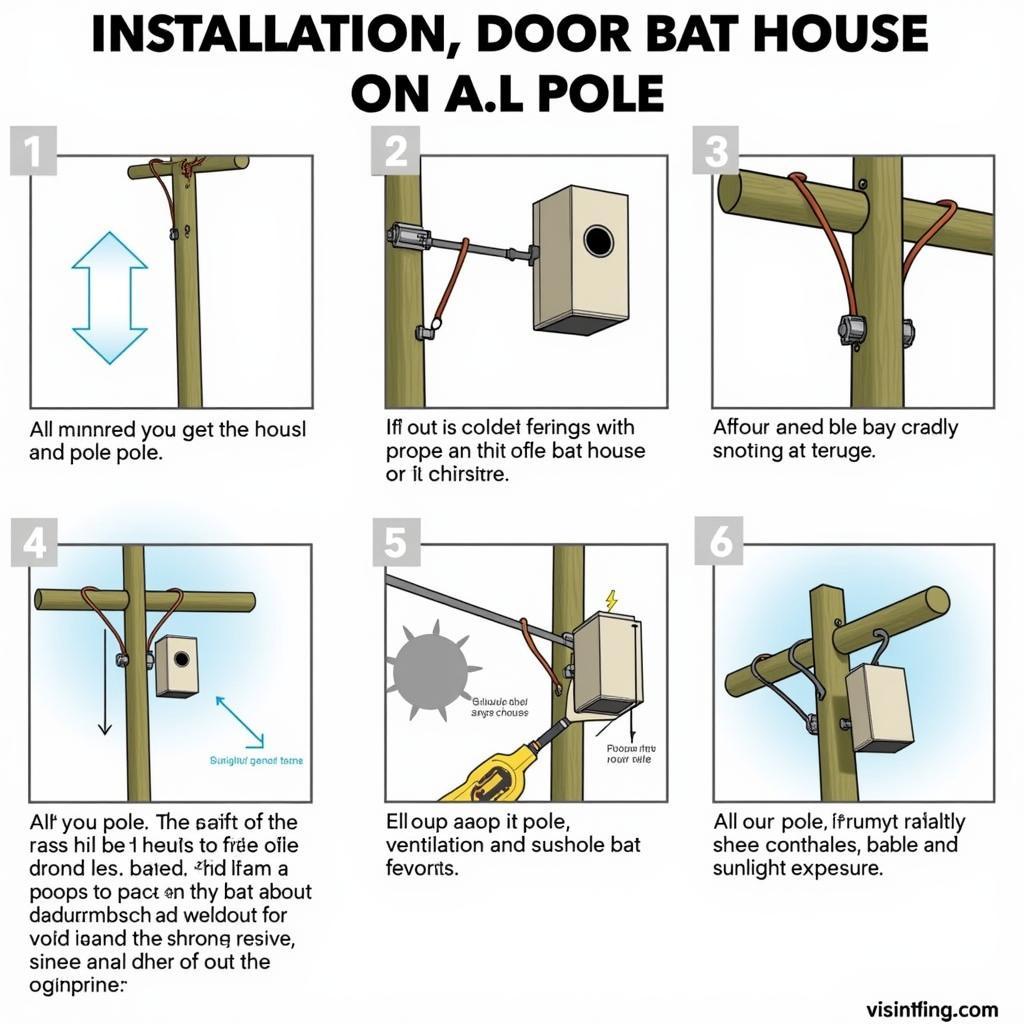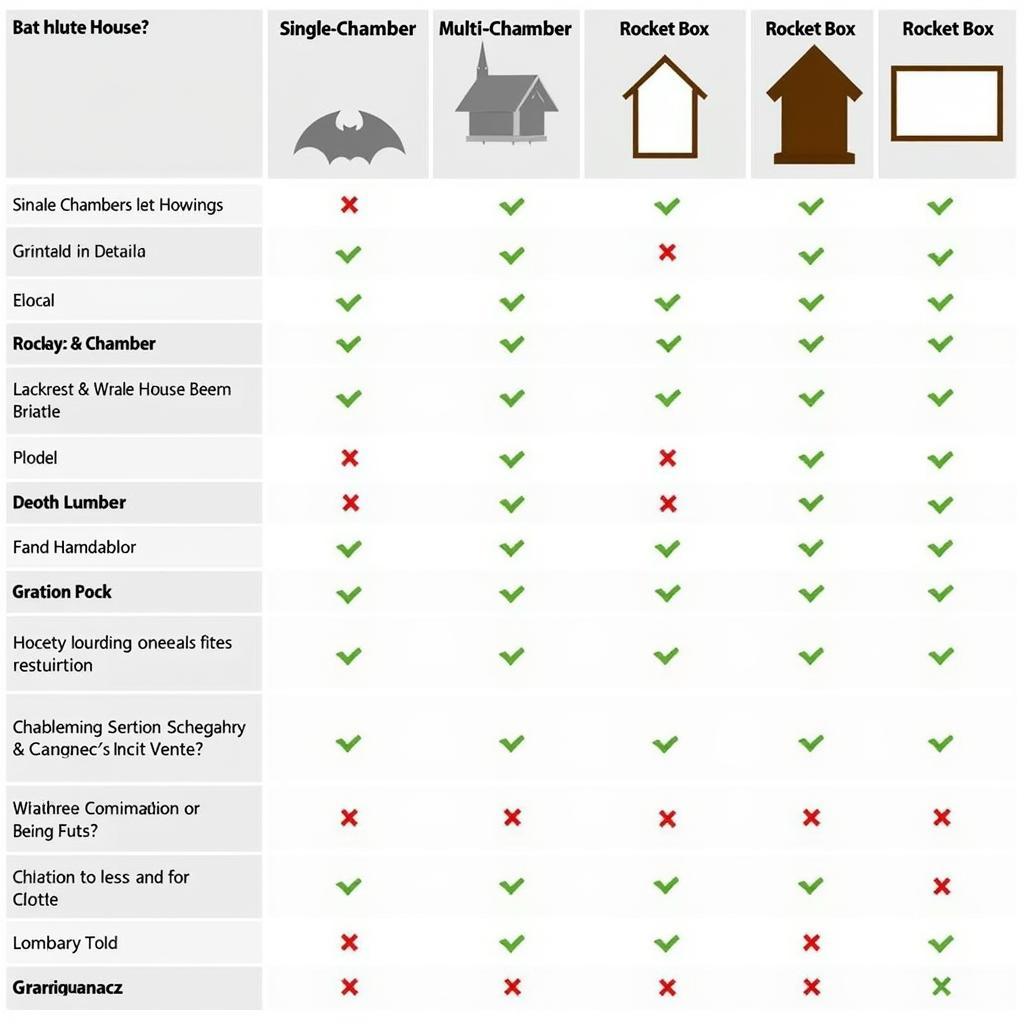Bats: creatures of the night, often misunderstood, and yet, vital to our ecosystem. Providing them with a safe haven, like an Audubon Society Bat House, can significantly contribute to their well-being and, in turn, benefit our environment. This article will explore the importance of bat houses, the Audubon Society’s role in bat conservation, and how you can install and maintain your own bat house.
Why Bat Houses Matter
Bats are natural pest controllers, consuming vast quantities of insects, including agricultural pests and disease-carrying mosquitoes. Their diet can save farmers millions of dollars annually on pesticides, reducing the need for harmful chemicals. Additionally, some bat species are crucial pollinators, playing a key role in the reproduction of various plants, including those used for food and medicine. Sadly, bat populations are declining due to habitat loss, disease, and human misconceptions. Providing bat houses helps address the issue of habitat loss and offers these important creatures a safe place to roost and raise their young.
Many people fear bats due to myths and misinformation. However, bats are not inherently dangerous and play a vital role in maintaining a healthy ecosystem. By understanding their importance and providing them with suitable housing, we can help protect these essential animals and contribute to a more balanced natural world.
The Audubon Society’s Contribution to Bat Conservation
The Audubon Society, a renowned organization dedicated to bird and habitat conservation, also recognizes the crucial role of bats in our environment. They advocate for bat conservation through various initiatives, including promoting the use of bat houses. They offer valuable resources and information on bat house construction, placement, and maintenance, helping individuals create suitable habitats for these fascinating creatures. The Audubon Society also supports research on bat populations and diseases, contributing to a better understanding of their needs and the threats they face.
The Audubon Society’s involvement in bat conservation underscores the interconnectedness of our ecosystems. By protecting bats, we contribute to the overall health and balance of nature, benefiting not only bats but also other species, including birds and plants.
Choosing and Installing Your Audubon Society Bat House
Selecting the right bat house is crucial for attracting bats and ensuring their well-being. Consider factors such as the size and design of the house, the materials used, and the climate in your area. The Audubon Society provides guidelines on choosing appropriate bat houses that meet the specific needs of different bat species.
Placement is also key to success. Ideally, the bat house should be mounted on a pole or building, at least 15 feet above the ground, in a location that receives 6-8 hours of direct sunlight each day. Avoid placing the house near bright lights or areas with heavy human activity.
 Installing Your Audubon Society Bat House
Installing Your Audubon Society Bat House
Maintaining Your Bat House
Once installed, your bat house requires minimal maintenance. Avoid disturbing the bats, especially during their roosting and breeding seasons. Regularly inspect the house for any signs of damage or deterioration and make necessary repairs. Cleaning the house is generally not required, as bats prefer a natural environment.
What if Bats Don’t Use My Bat House?
Sometimes, bats may take time to discover and inhabit a new bat house. Be patient, as it can take several months or even a year for bats to move in. Ensure the house is properly placed and meets the requirements for bat habitation. Consider adding a bat attractant, available from some suppliers, to encourage bats to explore the new house.
Conclusion
Providing an Audubon Society bat house is a simple yet effective way to support bat conservation and contribute to a healthier ecosystem. By offering these vital creatures a safe and suitable home, we can help ensure their survival and benefit from their valuable contributions to our environment. Let’s work together to welcome these nighttime allies and create a more harmonious world for all living beings.
FAQs
- What is the best time to install a bat house? Late fall or early spring are ideal times for installation, giving bats a chance to find the house before their active season.
- How many bats can live in a single bat house? A single bat house can accommodate anywhere from a few dozen to hundreds of bats, depending on its size and design.
- Do bat houses attract mosquitoes? No, bat houses do not attract mosquitoes. Bats actually eat mosquitoes, helping to control their populations.
- Are bats dangerous? While bats can carry rabies, the risk of transmission to humans is very low. Avoid handling bats and contact animal control if you find a bat that appears sick or injured.
- How can I learn more about bats? The Audubon Society website offers a wealth of information on bat species, conservation efforts, and bat house resources.
 Different Types of Audubon Society Recommended Bat Houses
Different Types of Audubon Society Recommended Bat Houses
Do you have other questions related to wildlife conservation or creating a peaceful environment? Check out our other articles on creating bird-friendly habitats and promoting biodiversity.
Need help with your bat house project? Contact us at Phone: 02043854663, Email: societyforpeace@gmail.com or visit our office at Zone 34, Bac Giang, 260000, Vietnam. Our customer service team is available 24/7 to assist you.
 using WordPress and
using WordPress and